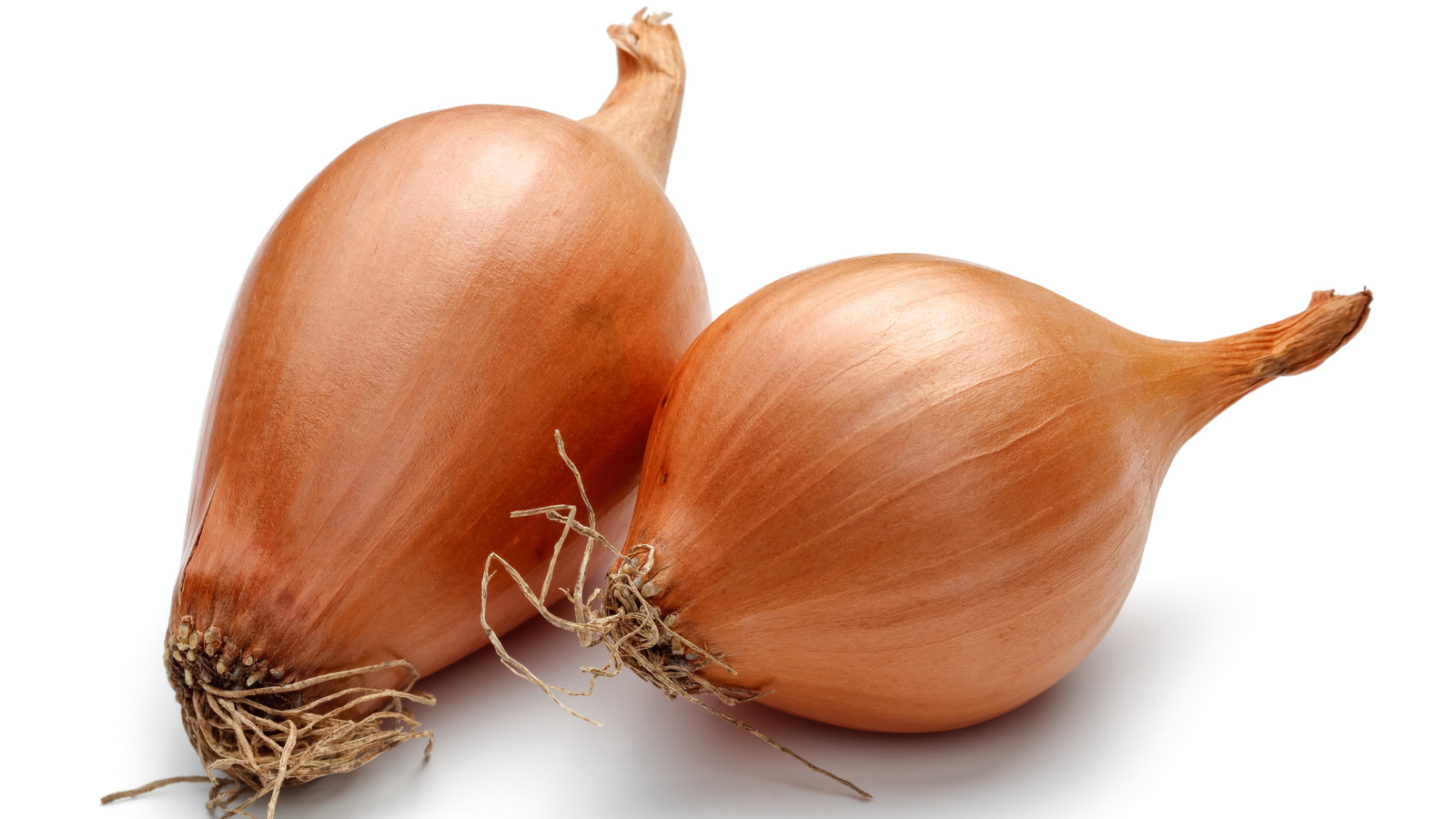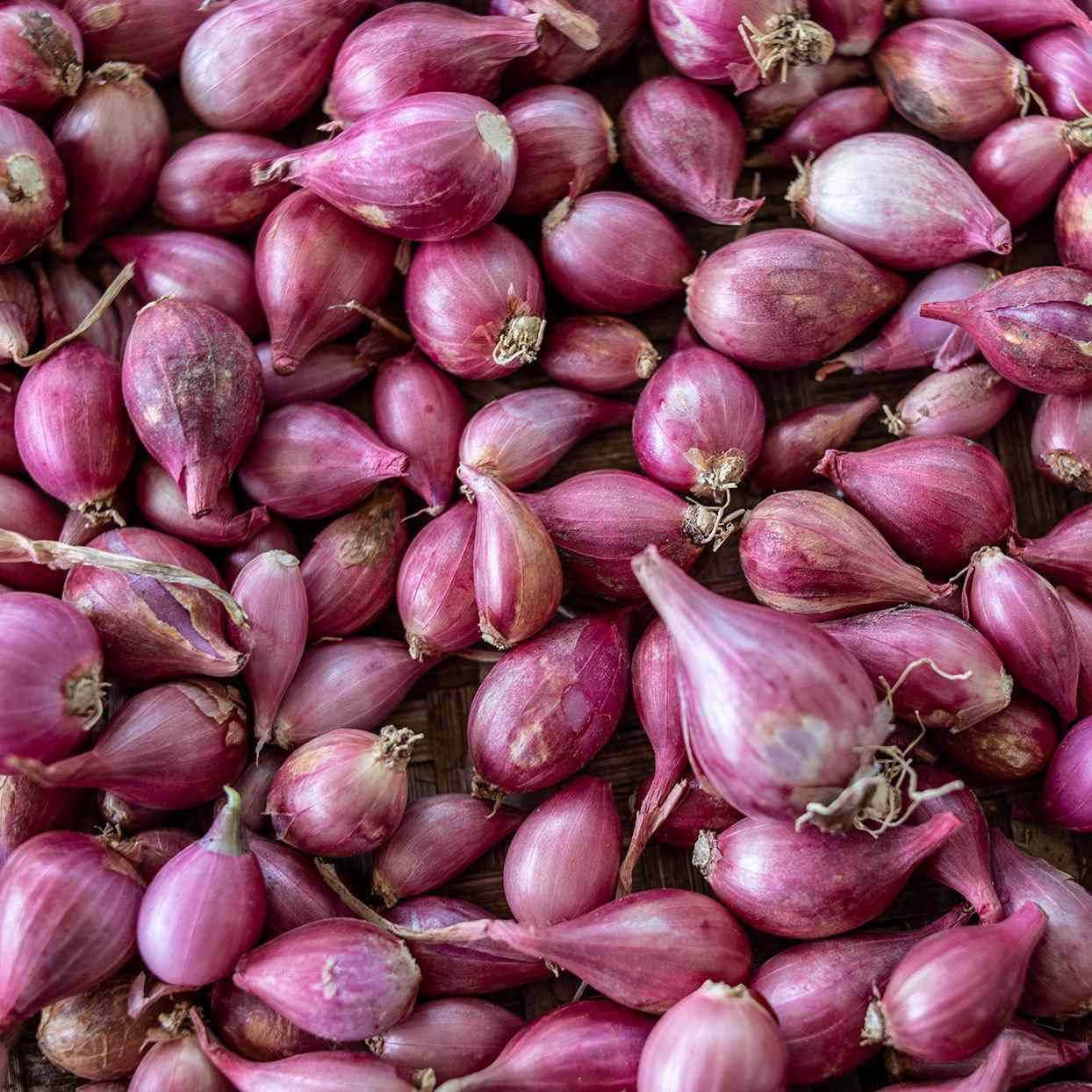Garlic vs shallots, members of the allium family, are like flavor powerhouses in the kitchen. This guide explores their unique characteristics, health benefits, and how to use them for delicious results.
Flavor Profiles:
- Garlic is bold, pungent, and slightly spicy or sweet, depending on how it’s cooked. It adds depth and complexity to dishes.
- Shallots are milder and sweeter than garlic, with hints of onion. They bring a delicate touch without overpowering other flavors.
Health Benefits:
Both garlic and shallots are packed with nutrients and offer potential health advantages:
- Rich in Fiber, vitamins, minerals, and antioxidants.
- Garlic: It may boost immunity, reduce inflammation, and improve heart health.
- Shallots: They may help regulate blood sugar and support digestion.
- Both contain sulfur compounds linked to potential anti-cancer properties.
Culinary Uses:
Garlic and shallots are incredibly versatile. Here are some ideas:
- Garlic: Excellent in soups, stews, sauces, marinades, and roasts.
- Shallots: Perfect for dressings, sauces, stir-fries, and salads. They can be caramelized, roasted, or used raw.
Varieties:
- Garlic: Hardneck (stronger flavor), softneck (milder flavor), and elephant garlic (a milder substitute for garlic).
- Shallots: French Grey (delicate and sweet), Banana (larger and milder), Dutch Yellow (strong and bold), Thai (smaller and spicier).
Garlic vs Shallots:
- Flavor: Garlic – bold and intense; Shallots – milder and sweeter with oniony hints.
- Use garlic, which has robust flavors, and shallots, which have delicate flavors.
Tips for Maximum Flavor:
- Garlic: Crush or mince to release its full flavor.
- Shallots: Thinly slice or chop finely for a delicate taste.
- Both: Sauté or gently fry in oil/butter to draw out sweetness and aroma.
Recipe Inspiration:
- Roasted Garlic and Shallot Soup: A comforting and flavorful soup made with caramelized garlic and shallots.
- Garlic and Shallot Pasta: This is a simple yet delicious meal. Fragrant garlic and shallots are tossed with pasta and Parmesan cheese.
- Garlic and Shallot Roasted Vegetables: Roasting vegetables with garlic and shallots enhances their natural sweetness.
- Garlic and Shallot Chicken Stir-Fry: A quick and flavorful meal with chicken marinated in garlic, shallots, soy sauce, and honey.
- Garlic and Shallot Salad Dressing: A tangy and flavorful dressing with minced garlic, shallots, Dijon mustard, lemon juice, and olive oil.
Final Thoughts:
Garlic and shallots elevate your cooking with their unique flavors and versatility. Explore their potential and create your culinary masterpieces!
FAQ About Flavorful Alliums: Garlic Vs Shallots
Q: What are the main differences between garlic and shallots?
A: Garlic is known for its intense flavor with hints of spice, while shallots offer a more delicate and sweet taste, resembling a mix of onions and garlic.
Q: Can garlic and shallots be used interchangeably in recipes?
A: It ultimately depends on the recipe and personal preference, but typically, garlic is used for more robust flavors, while shallots are preferred for dishes where a milder taste is desired.
Q: How should garlic and shallots be stored?
A: Garlic and shallots should be stored in a cool, dry place with good air circulation, away from direct sunlight. To prevent sprouting, store them in a mesh bag or paper bag.
Q: Are there any health benefits associated with garlic and shallots?
A: Both garlic and shallots contain antioxidants and nutrients that may have various health benefits, such as boosting the immune system, reducing inflammation, and supporting heart health.
Q: Can garlic and shallots be used in different types of cuisines?
A: Yes, garlic and shallots are versatile ingredients found in a wide range of cuisines worldwide. They can be used in various dishes, including soups, stir-fries, sauces, marinades, and salad dressings.
Q: How should garlic and shallots be prepared for cooking?
A: Garlic can be minced, sliced, crushed, or roasted to release its flavors, while shallots are often finely chopped or sliced to add a subtle oniony taste to dishes. Depending on the recipe, both can be used raw or cooked.

The Finer Diner has a rich history deeply rooted in the Mt. Oliver and Hilltop community. Our journey began with a simple yet ambitious vision – to create a welcoming space where friends and families could come together to enjoy delicious, comforting meals in a classic diner-style setting. Since our establishment, we have been dedicated to serving food, creating lasting memories, and fostering a sense of belonging within our community. Our commitment to quality, authenticity, and exceptional service has been the cornerstone of our success.

